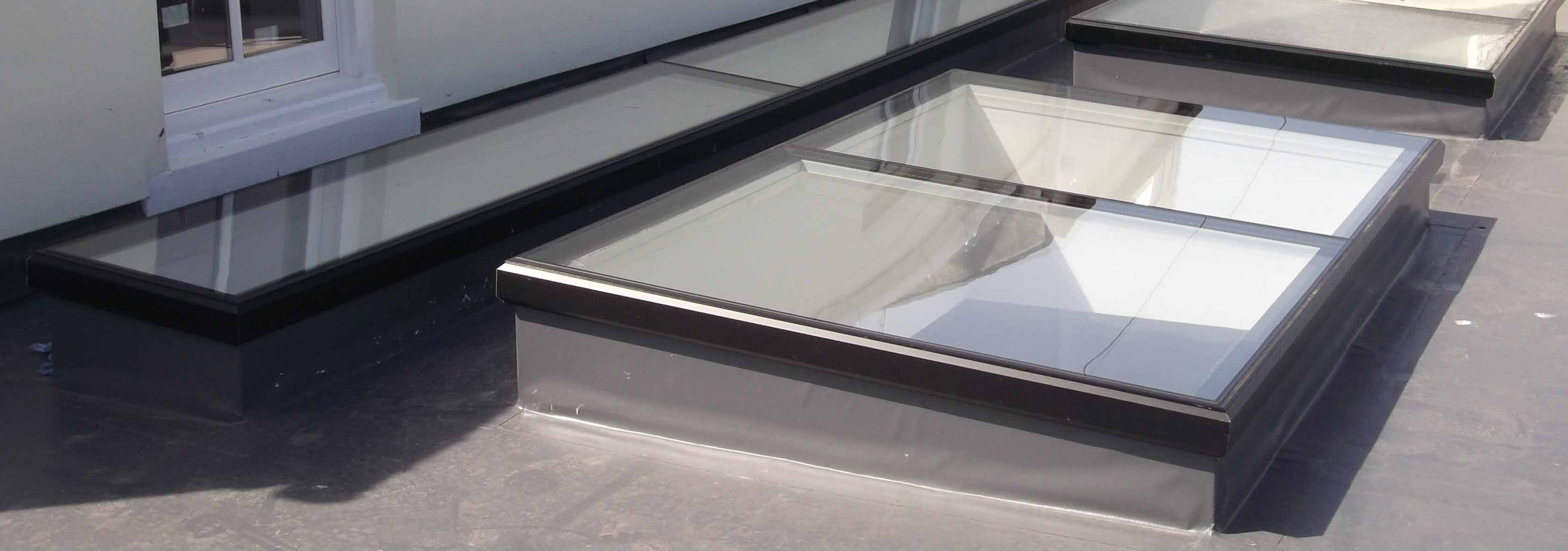-
What Are Skylights?
Often referred to as rooflights, skylights can be defined as a glazed unit that provides an opening in a property’s roof. The purpose of this opening is to admit light and maximise aesthetic value. These structures can be installed onto pitched or flat roofs and, on occasion, improve ventilation.
-
How Much Do They Cost?
The cost can vary based on several factors. These include the type of skylight, roof structure, and any additional features like blinds or shades. On average, basic fixed skylights may cost a few hundred pounds while more complex variants, such as custom designs, can cost from several hundred to a few thousand pounds.
-
Is Planning Permission Needed?
You will be glad to know that as long as you comply with a few rules, planning permission is not required for rooflight installations in England and Wales. It is worth noting that in Scotland, the rules are stricter and you may be required to apply for planning permission. The following rules must be adhered to:
- The installation cannot protrude more than 150mm beyond the plane of the roof
- The installation cannot be
higher than the highest part of the roof
- Side facing windows must be obscure-glazed. Opening windows must be 1.7 metres above the floor level.
-
How Do I Prevent Rooflight Condensation?
Not only is condensation annoying, but it can cause significant damage to your home if left untreated. It can damage paint and wallpaper, wreck furniture and generate mildew on windows and window seals. Whilst some modern skylights are expertly crafted to reduce condensation, it can still be an issue. Ventilation is the key to combating condensation. Allowing air to circulate properly will solve your issue. As well as ensuring your property is adequately ventilated, it is best to avoid drying clothes indoors, use extractor fans in the kitchen and bathroom as well as opening curtains and blinds to allow for the circulation of air.
-
Do You Offer Installation?
Although we offer a broad range of rooflights, we do not install them ourselves. We do, however, have a good rapport with a number of trusted installation companies. We have worked with these companies for many years, and can attest to the quality of their work as well as their competitive pricing. If you wish to talk to one of the team about the installation process, we encourage you to contact us before you place an order.
-
What Are U-Values?
The U-value of an item refers to how much thermal resistance the layers have that comprise that item. Moreover, a U-value suggests how efficiently an item can transmit heat from a warm space to a cold space. Essentially, the lower the u-value the better insulated the item in question is.
-
Are They Safe to Walk on?
Different rooflights are designed for different purposes. Thus, when determining whether they safe to walk on, you have to ask what glass has been used in its construction. Some feature special toughened glass that is able to withstand the weight of foot traffic. It is important to note that if you purchase a normal rooflight without toughened glass, it is not safe to walk on. The manufacturer will specify which models can handle foot traffic and weight.
-
How Much Do They Weigh?
Skylights are heavy. Whilst for the vast majority of installations you can get by with the support of a crew, there may be times where you need a crane. The cost of this may come as part of the overall agreed price, or it may cost more depending on the installation company. As a general guide, rooflights can go from 40kg per square metre all the way up to 80. If you are looking at triple glazed options, these can be even heavier. It is worth noting that if you are choosing to install a rooflight yourself, you will certainly need support with lifting and placement. We encourage you to contact an expert if you are thinking about doing it this way.
-
Do They Lose Heat During the Winter?
Innovations have been made in recent years to prevent heat loss in homes that have rooflights installed. Lots of modern rooflights are manufactured with thermal insulation in mind. They feature specialist glass and, on occasion, triple glazing which works to prevent heat loss during the winter. The positioning of your rooflight as well as the inclusion of tints or coatings will also impact heat loss. If you would like any more information on the most thermally efficient options we have, we encourage you to contact us.
-
How Do I Clean Skylights?
There are self cleaning rooflights available nowadays that feature a chemical coating that reacts with sunlight. This breaks down dirt on the glass and, with the help of rainwater, keeps your rooflight clean without having to do so yourself. This option is only available for rooflights in pitched roofs however, as a minimum pitch of 30 degrees is required.
Even with self cleaning options, the inside will need to be tackled every few months. This can be cleaned as you would clean any other glass surface.
-
How Long Do They Last?
It is difficult to determine the lifespan as there are a great number of contributing factors. However, as a general rule, you can expect your skylight to last between 8 and 15 years. With high quality aluminium casing and toughened glass, rooflights can exceed the 15 year benchmark.
-
Can They Withstand Hail?
This depends on factors like the construction of the item, materials used, and the severity of the hailstorm. High-quality skylights with impact-resistant glazing are more likely to withstand hail. These materials are designed to resist shattering upon impact. Regular inspections following significant hail events are advisable to assess any potential damage.
-
Are Skylights A Bad Idea?
Absolutely not. They let natural lighting in and serve a wonderful aesthetic purpose. Whether they are suitable for you also depends on your location, climate, and roof structure.
-
Can They be Tinted?
Yes, they can be tinted to control the amount of light and heat that enters a space. Tinted skylights are equipped with special glazing that reduces the intensity of sunlight, minimising glare and helping to regulate indoor temperatures. Tinting options can range from subtle to more intense shading, allowing you to choose the level of light that suits your needs.
-
How Do Skylights Save Energy?
Skylights can save energy by harnessing natural light, reducing the need for artificial lighting during daylight hours. This lowers electricity consumption and associated costs. Additionally, well-designed skylights with advanced glazing can help control heat transfer, minimising the need for artificial cooling or heating.
-
Where Should They be Placed?
Skylights should be strategically placed in areas that maximise natural light. In residential spaces, they are often positioned in rooms where daylight is desirable, like living rooms, kitchens, and bathrooms. In addition, it is important to consider the sun's path throughout the day to minimise overheating and glare. North-facing skylights offer consistent, gentle light, while south-facing ones provide more direct sunlight. East-facing captures morning light, and west-facing ones offer afternoon warmth. Factors like climate, energy efficiency, and potential obstructions also influence placement.
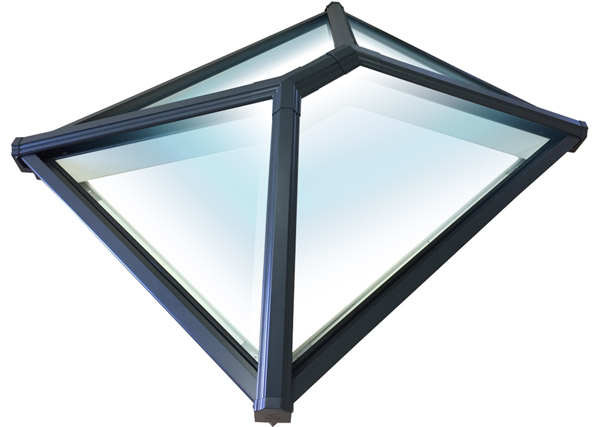 From £599.76
Select options
From £599.76
Select options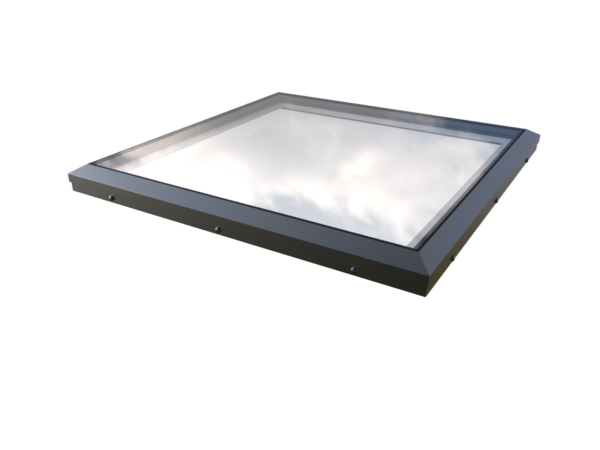 From £421.44
Select options
From £421.44
Select options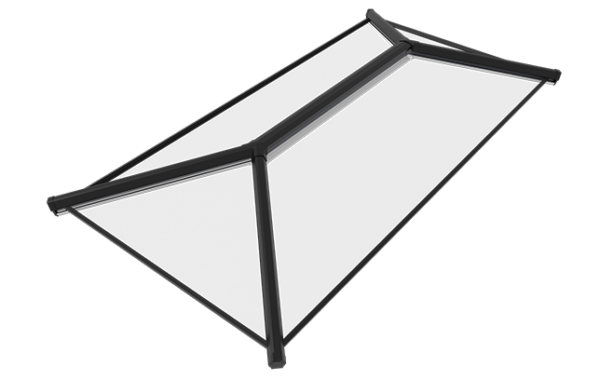 From £336.93
Select options
From £336.93
Select options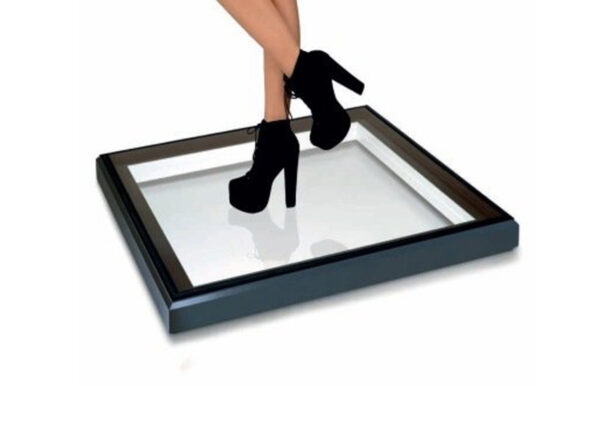 From £2,274
Select options
From £2,274
Select options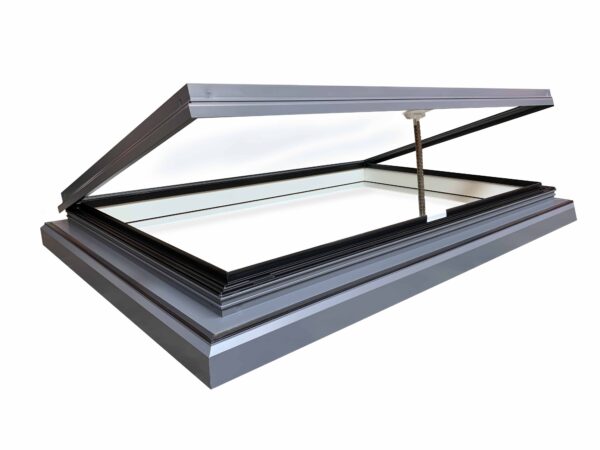 From £1,674
Select options
From £1,674
Select options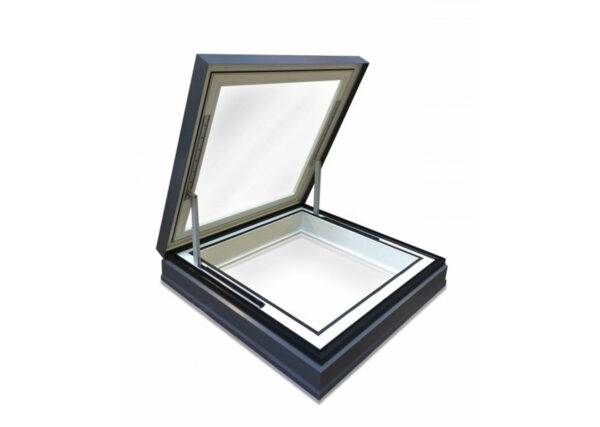 From £3,718.80
Select options
From £3,718.80
Select options
